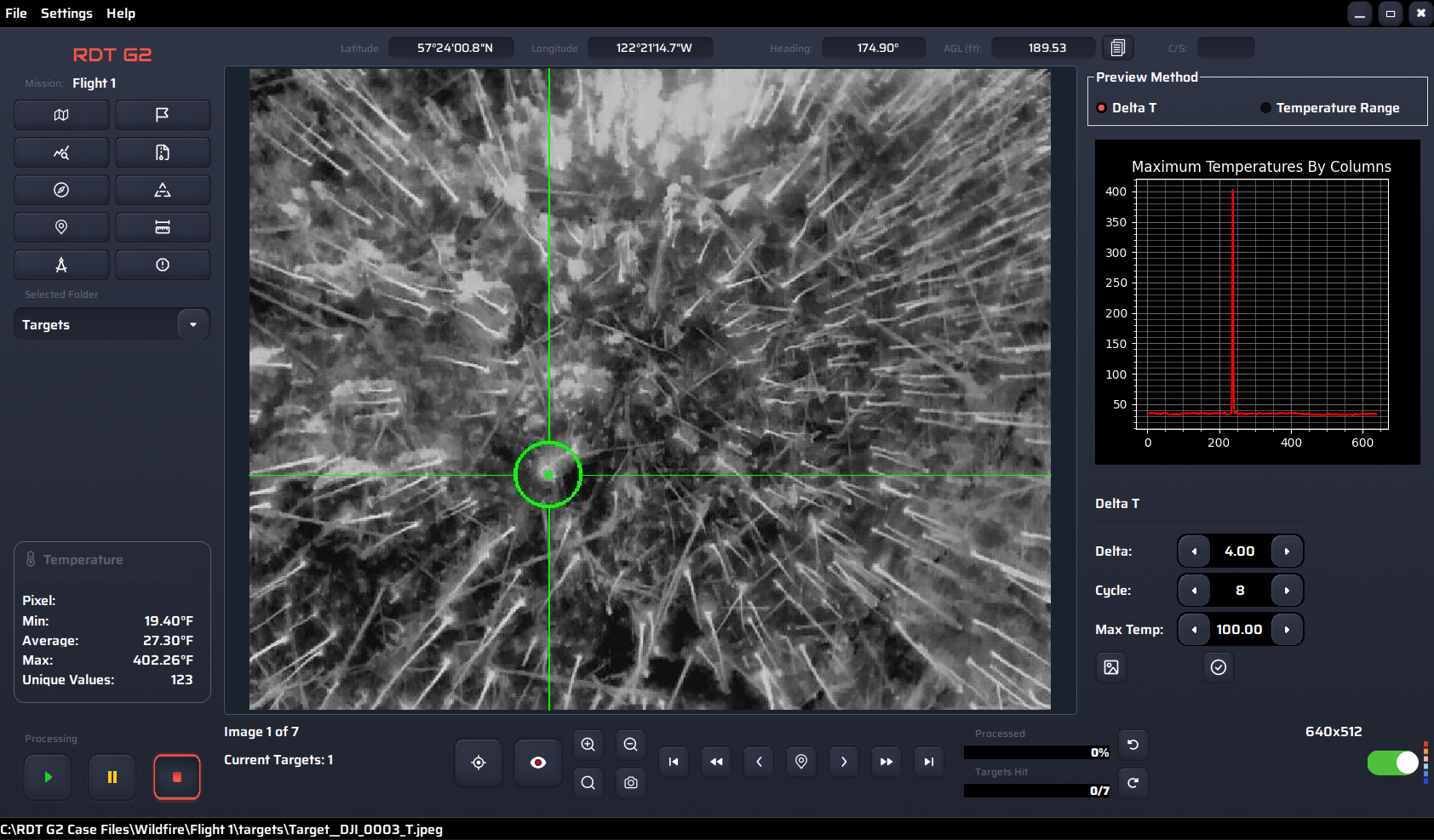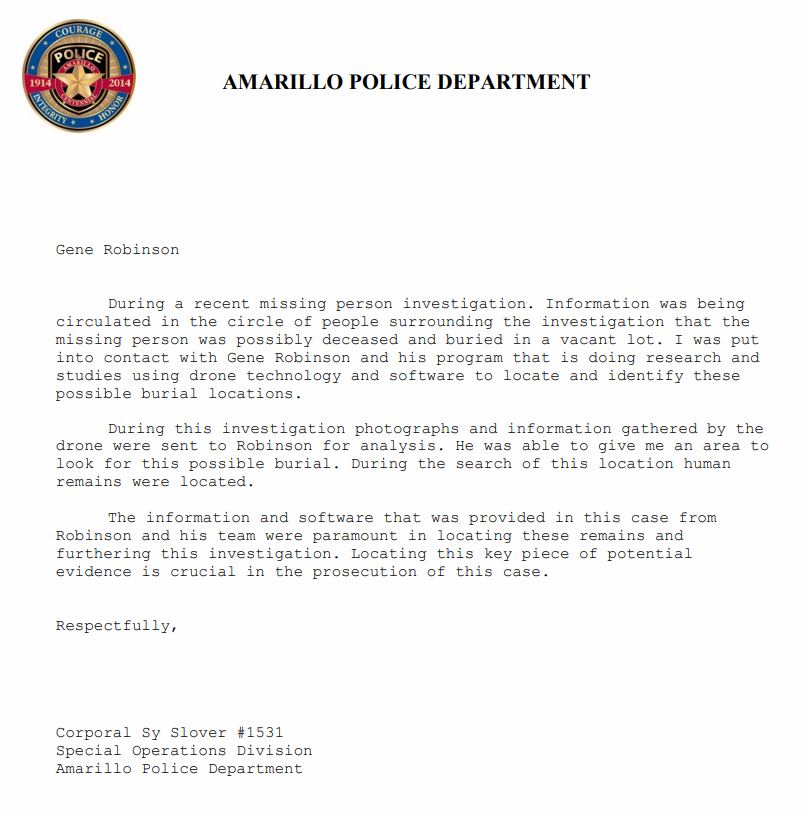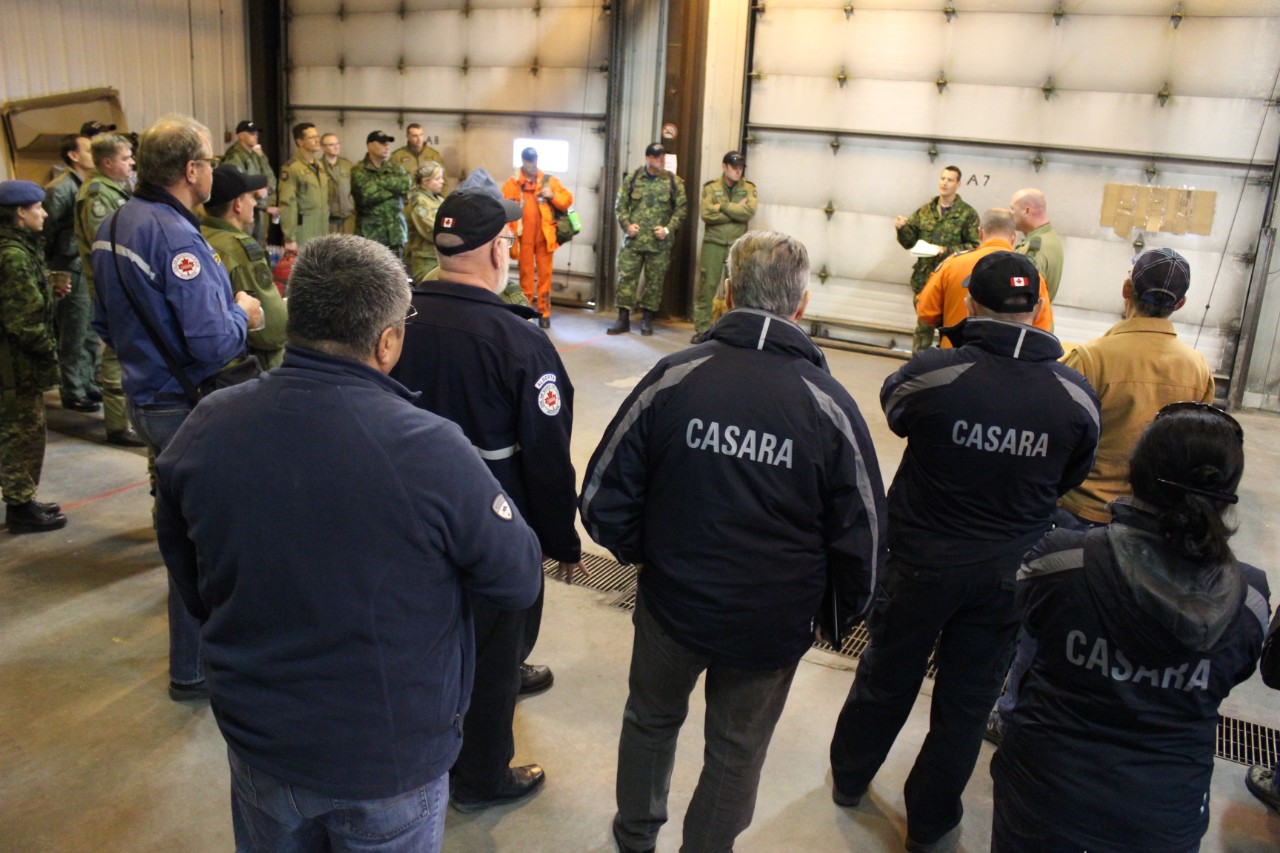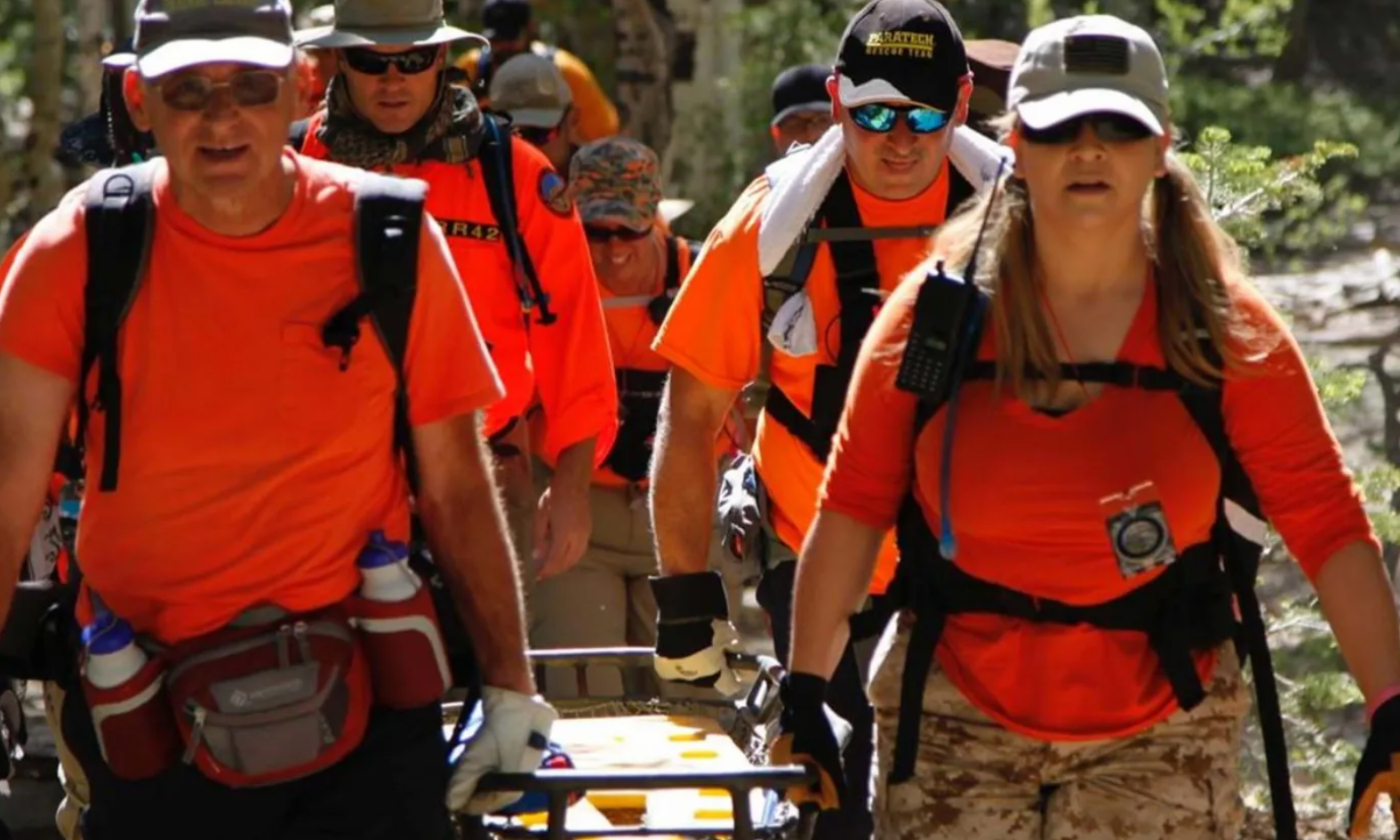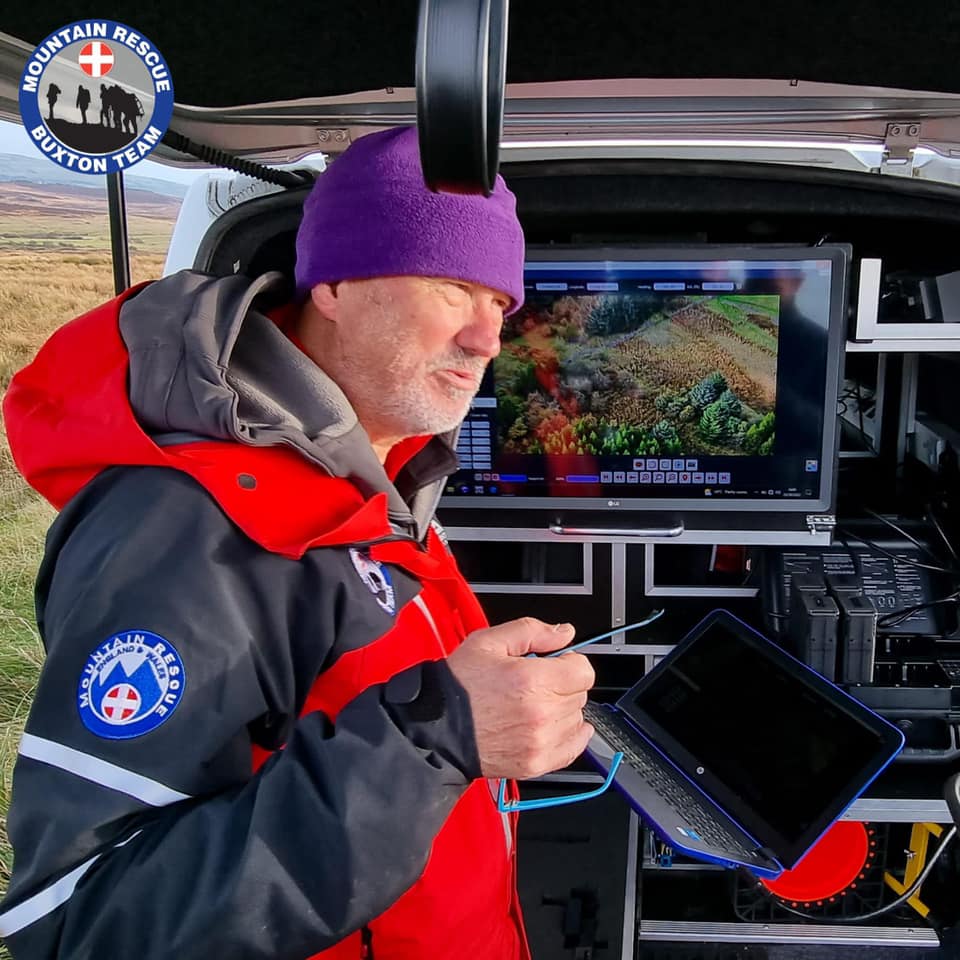The 5-acre lot next to Craig McVeay’s house is empty, except for the sand, rock and sagebrush common in Pahrump, Nevada. The 57-year-old Homeland Security retiree takes a few articles of clothing from a box destined for Goodwill and scatters them across the open space one afternoon.
He lays a pair of jeans out on the ground, places hats and shirts around the brush. The items look discarded, remnants, or clues one might look for if they were combing the wilderness for a body.
McVeay goes back into his house, flies two drones over the lot and runs the footage on his computer equipped with software that automatically analyzes the imagery. It’s work that, up to this point, he has been doing manually. “And it hit on every piece of clothing that I put out,” McVeay told me over the phone, a little incredulous. “It was,” he pauses for a moment, “it was pretty neat.”

